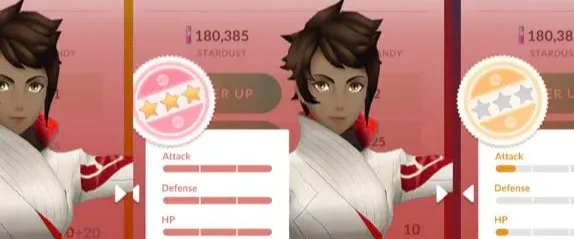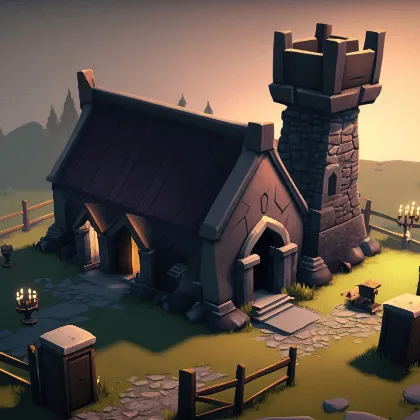When assessing a new Pokémon, a lot of players focus just on the Combat Power. Unfortunately, this stat is often misleading, and a big reason why many new players have an underwhelming performance despite their seemingly overpowered Pokémon.
Instead, to determine the real strength of a Pokémon, you must focus on the Individual Value. This stat combines several metrics, such as Attack, Defense, and Stamina, giving you a better representation of a Pokémon’s actual strength.
As you might expect, understanding IVs and the in-game appraisal system is vital for all trainers. In particular, it’s instrumental in competitive situations, such as the GO Battle League or when trying to increase your raid damage.
To help you out, this guide covers everything you need to know about the IV system, so you’ll be able to appraise star ratings with pure confidence every single time.
What Are IVs in Pokémon GO?
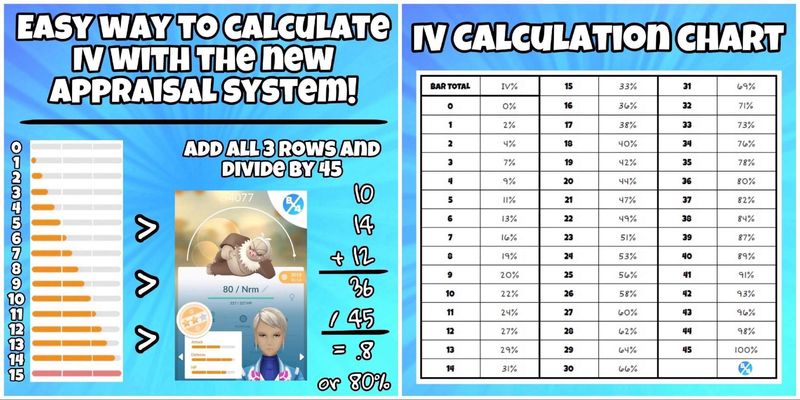
Every Pokémon species has base stats for Attack, Defense, and HP, which is why a Snorlax is bulkier than a Gengar. But within a species, no two Pokémon are precisely the same, due to their IV values.
Individual Values provide bonus stat points, unique to each Pokémon you catch, directly added to the base stats.
In Pokémon GO, IVs are simplified into three core stats:
Attack (ATK): This IV boosts your Pokémon’s damage output.
Defense (DEF): This IV helps your Pokémon take damage from opponent attacks.
HP (Stamina): This IV increases your Pokémon’s total health pool, allowing it to stay in the fight longer.
Each of these three stats receives an IV score ranging from 0 to 15.
A Pokémon with a 0/0/0 IV spread has no bonus stats, making it the weakest possible version of its species. Conversely, a Pokémon with a 15/15/15 spread is known as the perfect IV Pokémon, or, in the POGO community’s terms, a “hundo.”
How to Check Pokémon IVs Like a Pro
In the early days of Pokémon GO, checking IVs was a tricky, tedious task, requiring third-party apps, calculators, and some guesswork. Thankfully, though, these days are gone, as Niantic added an easy, transparent appraisal system directly into the game.
Here’s how you appraise your Pokémon:
Head to your Pokémon storage and select a Pokémon.
Tap the three-line menu in the bottom right corner and select “Appraise.”
Done! Your Team Leader (Candela, Blanche, or Spark) will appear and present a visual breakdown of your Pokémon’s IVs.
Reading the Stars and Bars
The new appraisal system in POGO gives you two key pieces of information: a star rating and three stat bars. Here’s what they mean:
The Star Rating: This provides an at-a-glance summary of your Pokémon’s total IV score (the sum of its Attack, Defense, and HP IVs).
Zero Stars: 0-22 total IV points.
One Star: 23-29 total IV points.
Two Stars: 30-36 total IV points.
Three Stars: 37-44 total IV points.
Four Stars (with a pink background): 45 total IV points. This is a perfect 15/15/15 Pokémon.
The Stat Bars: Below the stars, you’ll see three bars representing Attack, Defense, and HP. Each bar represents the IV score, ranging from 0 to 15. The bar is divided into three segments, each with five points, and a full bar means that stat has a perfect IV of 15.
With a quick glance, you can immediately tell if you’ve caught a dud or a diamond.
Strategic IVs for Raids vs. the GO Battle League
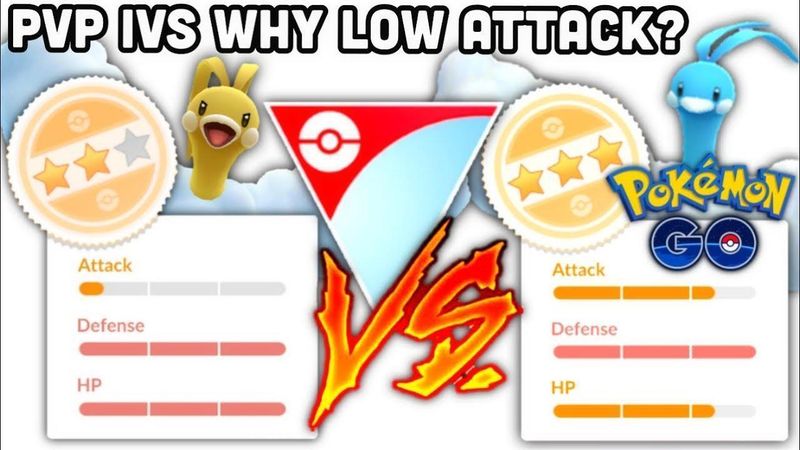
You might think a perfect 15/15/15 IV Pokémon is always the best, but its ideal role depends heavily on where you plan to use it.
Here’s where the real strategy comes into play…
For the Master League, Raids, and Gym Battles
In these formats, there is no CP cap; instead, the strategy is to maximize your Pokémon's power. Because of this, a perfect 15/15/15 IV Pokémon is the best, as higher Attack means more damage per second against a Raid Boss, and higher Defense and HP mean your Pokémon can take more DPS.
For the Great League (1,500 CP cap) and Ultra League (2,500 CP cap)
This is where things change entirely. Due to the strict CP caps, a perfect IV spread is often not the best choice. Instead, the Combat Power formula gives more weight to the Attack stat, meaning a Pokémon with a high Attack IV will hit its CP limit at a lower overall level.
The secret to PvP strategy here is often a Pokémon with low Attack IVs and high Defense and HP IVs (e.g., 0/15/15), as this spread allows you to power up your Pokémon to a higher level while staying under the CP cap.
Special Cases and How to Influence IVs
Pokémon’s IVs are set the moment you encounter it and cannot be re-rolled with an item. However, there are a few special mechanics that give you a degree of control over the outcome.
Trading: When you trade a Pokémon, its IVs are completely re-rolled for the recipient, with the IV floor depending on your friendship level, with Best Friends having a minimum IV floor of 5/5/5.
Lucky Trades: When a trade becomes “Lucky” (either randomly or by trading with a Lucky Friend), the outcome is great. A Lucky Pokémon is guaranteed a minimum IV floor of 12/12/12 and costs 50% less Stardust to power up. This is the most reliable method for obtaining a high-IV Pokémon.
Purifying Shadow Pokémon: After you rescue a Shadow Pokémon from Team GO Rocket, you can “Purify” it. This process adds +2 to each of its IVs. A 13/13/13 Shadow Pokémon will become a 15/15/15 perfect Pokémon upon purification.
A Guide to Pokémon GO IV Floors
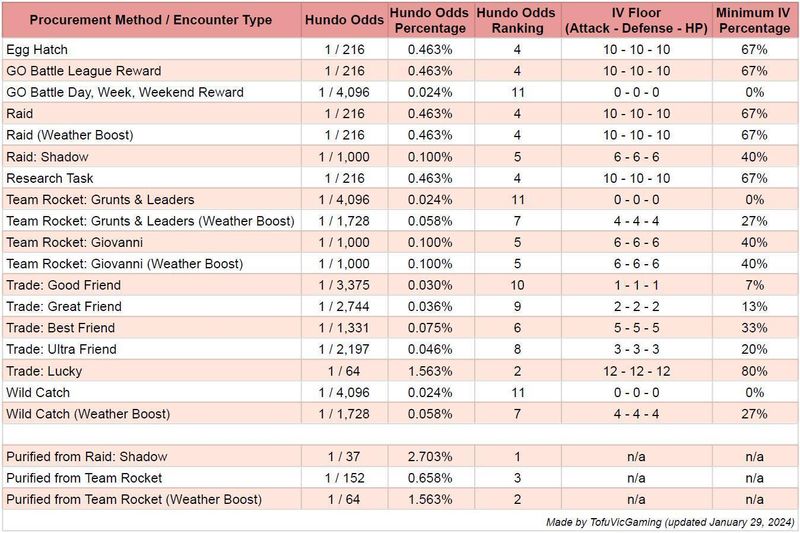
Not all Pokémon encounters are identical, and thus, knowing where to find Pokémon with better-than-average IVs can save you a lot of time and resources.
To help you out, this table breaks down the minimum IVs you can expect from different sources.
Source of Pokémon | Minimum IV Floor (Attack/Defense/HP) | The Strategic Angle |
|---|---|---|
Wild Catch (Standard) | 0/0/0 | The baseline. Every catch is a lottery ticket. |
Wild Catch (Weather Boosted) | 4/4/4 | A slight edge for hunting in the right conditions. |
Egg Hatch | 10/10/10 | A highly reliable source for catching high-potential Pokémon. |
Raid Boss Catch | 10/10/10 | Guarantees a solid base for Legendary and rare Pokémon. |
Research Task Encounter | 10/10/10 | Another excellent way to find quality specimens. |
Trade (Best Friend) | 5/5/5 | The best non-Lucky trade floor, ideal for re-rolling. |
Lucky Trade | 12/12/12 | The best method for acquiring a top-tier Pokémon. |
Apps For Tracking Pokémon GO IVs
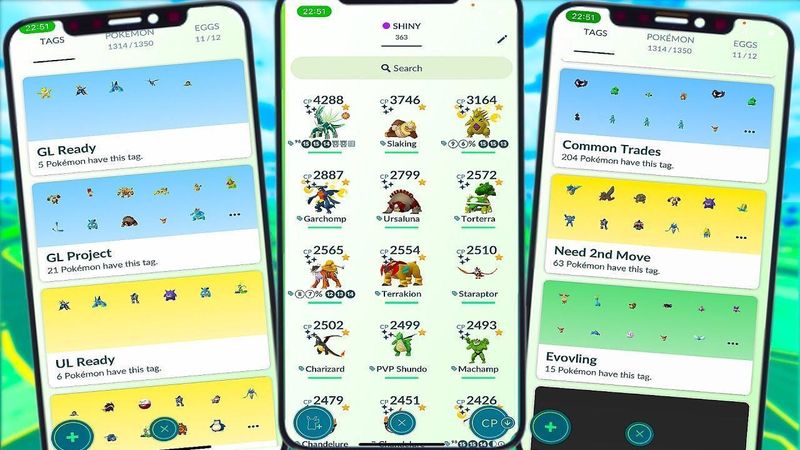
While the in-game IV system is epic, some players use third-party apps, such as Poke Genie or Calcy IV, for extra info, such as:
Exact IV numbers (e.g., 14/15/12).
PvP Rankings: They can tell you exactly how your Pokémon’s specific IV spread ranks against every other possible spread for the Great and Ultra Leagues. This is incredibly useful for building an optimized GO Battle League team.
Raid and Gym Simulators: See how your Pokémon will perform against specific bosses.
These tools are excellent for min-maxing in POGO and eliminating the guesswork involved in building a powerful roster.
Ready to Build Your Dream Roster?
Once you master the concept of IV, you’ll turn from a casual player straight to a borderline pro. And, each time you assess an Individual Value, you’ll gain a better understanding of a Pokémon’s potential and how it can assist you in upcoming battles.
Although you may argue that Attack is sometimes more important than Defense, discovering the combined value of these stats shows that one creature is better than the other. By taking your time and going through each Pokémon’s IV, you can create an indestructible lineup that will help you reach the highest tiers of the competition.
Alternatively, if you’re looking to boost your roster immediately, consider buying high-level Pokémon GO accounts from igitems. These accounts are already packed with powerful, high-IV Pokémon ready for the Master League, and that perfect roster!
